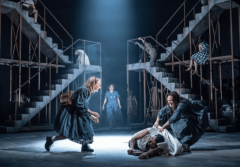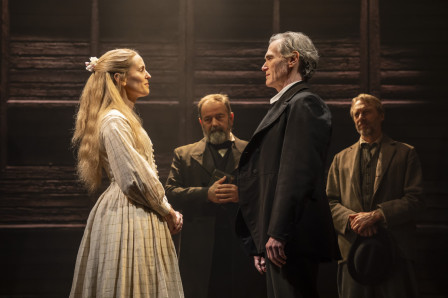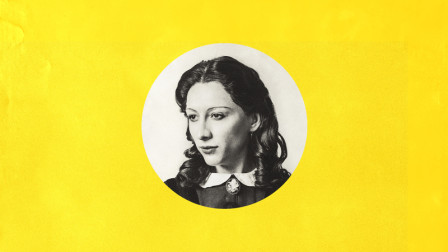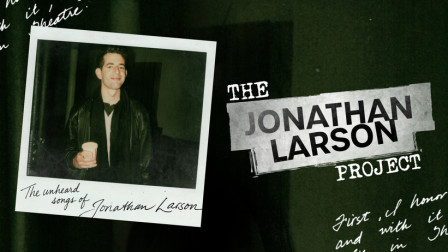From Page To Stage: MY BRILLIANT FRIEND
 Josephine Balfour-Oatts
7 January, 2020, 07:00
Josephine Balfour-Oatts
7 January, 2020, 07:00
 This week, West End Editor Josephine Balfour-Oatts leafs through the National Theatre's My Brilliant Friend. Here's why this book-based adaptation is worth booking.
This week, West End Editor Josephine Balfour-Oatts leafs through the National Theatre's My Brilliant Friend. Here's why this book-based adaptation is worth booking.
Beneath the roof of the National Theatre, Elena Ferrante’s Neapolitan quartet stirs. Adapted by April De Angelis (Playhouse Creatures, Jumpy), Ferrante’s sensational – and bestselling – novels are given new life. Here, the internal dialogue of protagonist Lenuccia (Lenu) Greco and her intoxicating friendship with Rafaella (Lina) Cerullo are transformed. Now walking and talking, the two girls, soon to become women (played by Niamh Cusack and Catherine McCormack respectively), navigate their neighbourhood with a mix of trepidation and fearlessness.
Set during the 1950’s on the outskirts of Naples, My Brilliant Friend is driven by Lina’s sudden disappearance, and Lenu’s determination to push a pin through any memory of her. Thus, she fixes her friend to paper, by the increasing power of her pen. Incredibly, De Angelis manages to give shape to the sense of violence inked carefully onto the page – the way it runs, almost viscous, through Ferrante’s sentences. The emotional and physical shadows she conjures; the blooming of bruises beneath the skin of her female characters; the demonic tempers that possess their husbands, brothers and fathers; the maltreatment of one’s own body and mind, the way that poverty is anthropomorphised – the way it crawls into the past, overpowers the present, and constricts one’s future.
Soutra Gilmour’s design too, makes concrete Ferrante’s imagination. A set of twin staircases tower over the action, finished with railings of corrugated iron. The setting adds an element of jeopardy to the already dank stage. A world built on empty spaces – at once starved and force-fed by invisible, yet very real dangers. While the production isn’t quite able to showcase the sheer toxicity of Lenu and Lila’s relationship, it manages to give rise to its complexity and the strange competitiveness that they share. The latter is a significant ingredient in a potion stirred by the hand of time – an otherworldly co-dependency reinforced by the follies of childhood, and the responsibilities of adulthood.
Education is also a key factor in the narrative, with both characters empowered, and at some points hindered, by their intelligence. The script retains the nature of Lenu’s restless mind – its short chapters motored by keen observations and those inexplicable pains particular to the feminine sex. This too, is administered by an almost carnivalesque choreography. Avant-garde performativity tears Ferrante’s words from the spines of her books, painting image after overwhelming image, without pause. Due to its sheer scale and speed – the production is split into two parts, of two acts each – it will be appreciated more by those that are familiar with the Neapolitan series. Don’t let that deter you though, Ferrante should be experienced by everyone.
Read our review of My Brilliant Friend here.
Latest News

 Production images released for HIGH NOON
24 December 2025 at 10:54
Production images released for HIGH NOON
24 December 2025 at 10:54

 Full Cast Announced for SHADOWLANDS in the West End
22 December 2025 at 13:14
Full Cast Announced for SHADOWLANDS in the West End
22 December 2025 at 13:14

 Review Round-Up: OH, MARY! at the Trafalgar Theatre
19 December 2025 at 15:53
Review Round-Up: OH, MARY! at the Trafalgar Theatre
19 December 2025 at 15:53

 The Jonathan Larson Project announces London premiere
19 December 2025 at 10:31
The Jonathan Larson Project announces London premiere
19 December 2025 at 10:31